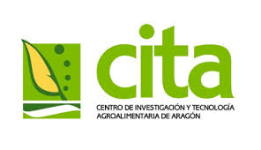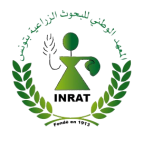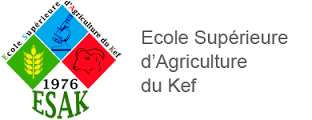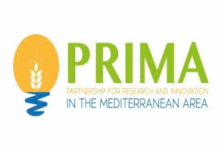ABOUT US
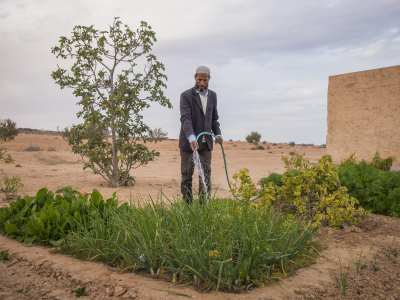
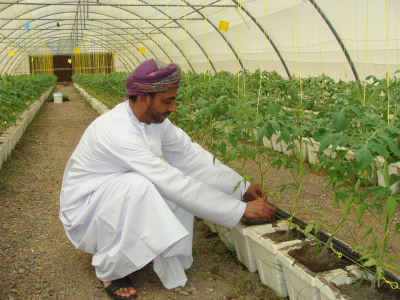
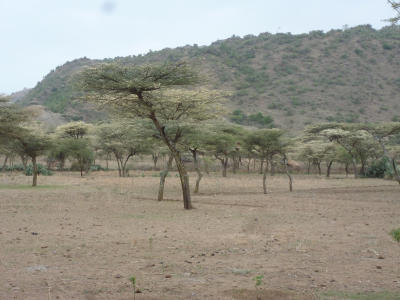
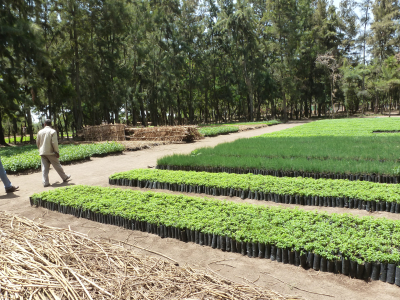
The objective of ADAPT-HERD is to develop management simulation tools to implement innovative strategies for resilience and efficiency (R&E) in small ruminants herds, based on harnessing animal adaptive capacities. These tools will address a wide range of current feed resource constraints in the Mediterranean area (Egypt, France, Spain and Tunisia) and the future perturbations induced by climate change. The locally tailored management solutions will improve the ability of livestock systems to adapt to climate change by: i) managing early-life nutrition to safeguard adult adaptive capacities; ii) managing reproduction to find the best match between feed supply and herd demand; iii) tailoring group feeding strategies depending on animals’ adaptive capacities and iv) managing herd demography with replacement and culling to adjust feed demand. To achieve this, ADAPT-HERD brings together information from animal and herd levels with: i) a fine-grained experimental approach (adaptive mechanisms and trade-offs); ii) field phenotyping of local breeds (adaptation to local conditions) and iii) local production environment characterization. These multi-level information will be used to develop computer models and test scenarios. Interfacing and disseminating project’s deliverables as a user-friendly toolbox will be achieved with a participatory modelling framework. The toolbox will help to adapt agricultural practices to change in resource availability by proposing different technical solutions of herd management aimed at facing feed resource perturbations induced by climate change. The challenge is not to find an optimal strategy for R&E, but to explore how management strategies impact the relationship between R&E. These strategies will be grounded in a deep understanding of how local breeds adapt to feed resource constraints. They will be complementary to on-going projects that focus on genetic selection and breeding solutions to improve R&E in small ruminants.




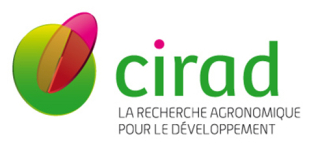
.jpg)
